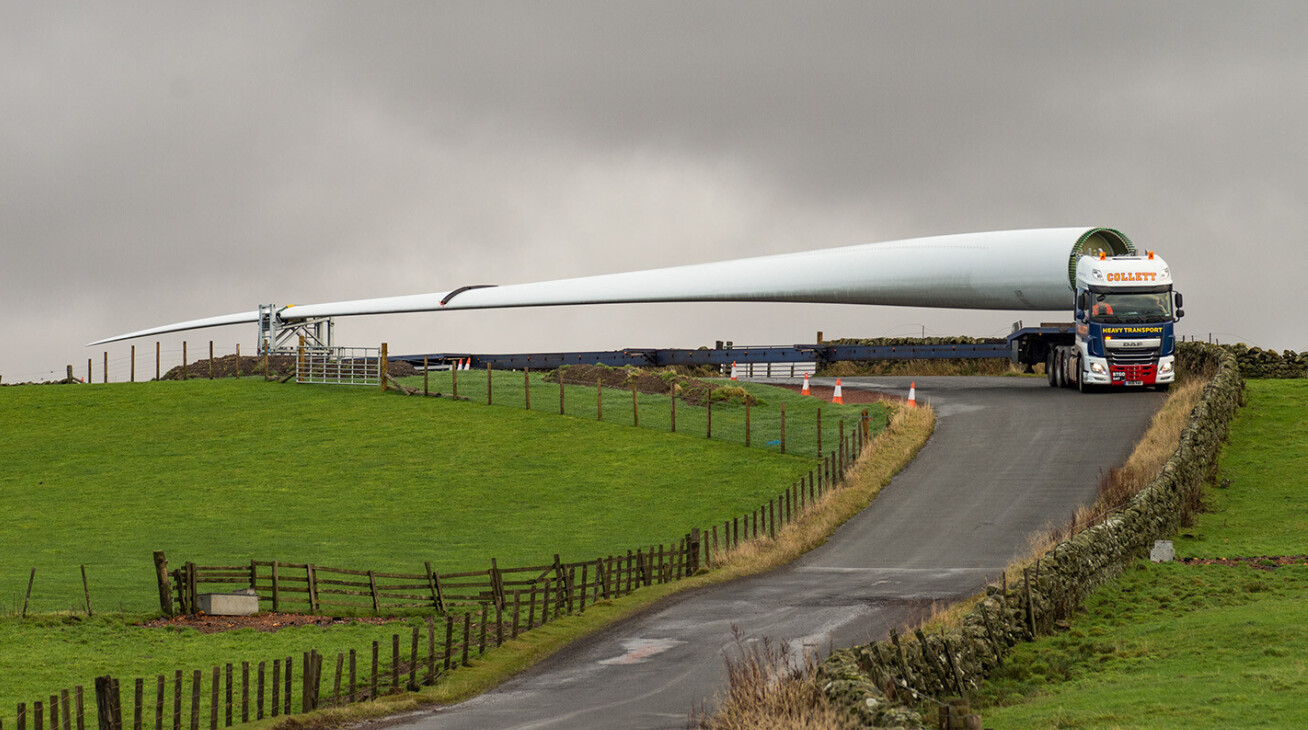
Dr Chao Wu, Senior Lecturer at the Department of Civil and Environmental Engineering

UKRI Fellowship will enable the development of an innovative technology, WINDCRETE, to address global issues in wind energy and construction.
Dr Chao Wu, Senior Lecturer in the UKCRIC Advanced Infrastructure Materials Laboratory, was recently awarded a UKRI Future Leaders Fellowship. The Fellowship will enable him to develop a new technology, WINDCRETE, which produces concrete out of recycled waste wind turbines, helping to decarbonise the construction sector.
Pressing issues in cement and renewables
Transitioning to renewable wind energy is central to the UK's ambition of achieving net zero. Offshore wind is the top priority on the nation’s Ten Point Plan for a Green Industrial Revolution, but there is a major challenge; what can be done about the massive amount of waste turbine blades?
Dr Wu said: “The lifetime of a wind blade is 25 years, and the number of waste blades is set to grow. By 2030, around 5,200 blades will be decommissioned in the UK, and by 2050 this number will have increased 10 times. We have a responsibility to recycle and reuse this waste.”

Meanwhile, the construction industry is facing the critical challenge of reducing emissions from the production of cement. Producing cement is energy intensive with huge CO2 emissions (accounting for 8% of global greenhouse gas emissions). The UK construction industry consumed 15,218,000 tonnes of cement in 2020 and is in urgent need of technologies that will help the sector achieve net zero by 2050.
Repurposing old blades
Dr Wu’s WINDCRETE addresses both issues, by repurposing old wind turbine blades to create a low-carbon concrete. The technology is underpinned by his pioneering research showing that the recycled powder made by grinding waste blades can replace cement, which is used for making concrete.
Nine industrial partners have engaged in this project across broad sectors including wind blade manufacturers, cement and concrete producers, construction, design, and waste management specialists, composites trade associations, and innovators.
WINDCRETE can be extended to other sectors such as aviation, automobiles, maritime, and electronics. These sectors employ fiberglass materials, like those used in wind turbine blades, and face the same challenge of recycling the waste.
Supporters

Article text (excluding photos or graphics) © Imperial College London.
Photos and graphics subject to third party copyright used with permission or © Imperial College London.



